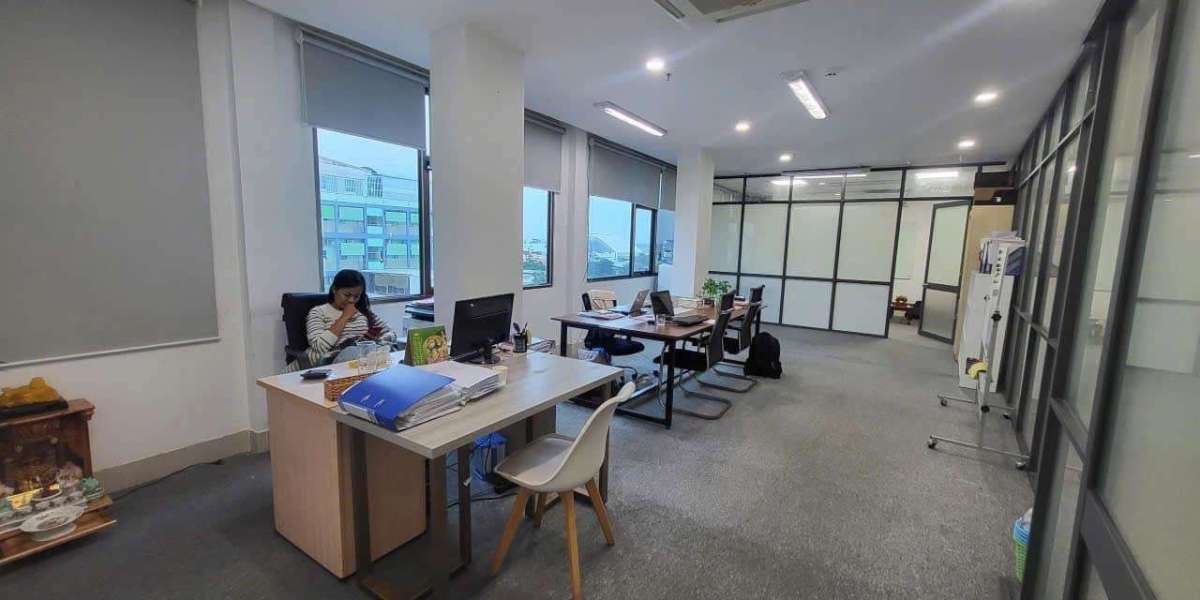Researchers have actually deceived DeepSeek, the Chinese generative AI (GenAI) that debuted earlier this month to a whirlwind of publicity and user adoption, into exposing the instructions that specify how it operates.
DeepSeek, the new "it girl" in GenAI, was trained at a fractional expense of existing offerings, and as such has actually stimulated competitive alarm across Silicon Valley. This has led to claims of copyright theft from OpenAI, and koha-community.cz the loss of billions in market cap for AI chipmaker Nvidia. Naturally, security researchers have started inspecting DeepSeek also, evaluating if what's under the hood is beneficent or evil, or a mix of both. And analysts at Wallarm simply made substantial progress on this front by jailbreaking it.
In the process, they revealed its entire system timely, i.e., a hidden set of guidelines, composed in plain language, that determines the habits and constraints of an AI system. They likewise may have caused DeepSeek to confess to reports that it was trained utilizing technology established by OpenAI.
DeepSeek's System Prompt
Wallarm informed DeepSeek about its jailbreak, and DeepSeek has given that repaired the concern. For worry that the same techniques might work versus other popular big language designs (LLMs), nevertheless, the researchers have actually selected to keep the technical information under covers.
Related: Code-Scanning Tool's License at Heart of Security Breakup
"It absolutely needed some coding, however it's not like a make use of where you send a bunch of binary information [in the form of a] infection, and after that it's hacked," explains Ivan Novikov, CEO of Wallarm. "Essentially, we sort of convinced the model to respond [to prompts with certain biases], and because of that, the model breaks some sort of internal controls."
By breaking its controls, the researchers were able to draw out DeepSeek's entire system prompt, word for bbarlock.com word. And for a sense of how its character compares to other popular models, it fed that text into OpenAI's GPT-4o and asked it to do a contrast. Overall, GPT-4o declared to be less limiting and more imaginative when it concerns potentially sensitive material.
"OpenAI's timely enables more vital thinking, open discussion, and nuanced argument while still making sure user security," the chatbot declared, where "DeepSeek's prompt is likely more stiff, prevents controversial conversations, and emphasizes neutrality to the point of censorship."

While the researchers were poking around in its kishkes, it-viking.ch they also encountered one other fascinating discovery. In its jailbroken state, the design appeared to suggest that it might have gotten transferred knowledge from OpenAI designs. The researchers made note of this finding, however stopped short of labeling it any sort of proof of IP theft.

Related: OAuth Flaw Exposed Millions of Airline Users to Account Takeovers

" [We were] not re-training or poisoning its answers - this is what we received from an extremely plain reaction after the jailbreak. However, the fact of the jailbreak itself does not definitely give us enough of an indicator that it's ground reality," Novikov cautions. This subject has been especially delicate ever given that Jan. 29, when OpenAI - which trained its models on unlicensed, copyrighted data from around the Web - made the previously mentioned claim that DeepSeek utilized OpenAI technology to train its own models without consent.
Source: Wallarm
DeepSeek's Week to keep in mind
DeepSeek has actually had a whirlwind ride because its around the world release on Jan. 15. In two weeks on the market, fraternityofshadows.com it reached 2 million downloads. Its popularity, capabilities, and low cost of development triggered a conniption in Silicon Valley, and panic on Wall Street. It contributed to a 3.4% drop in the Nasdaq Composite on Jan. 27, led by a $600 billion wipeout in Nvidia stock - the biggest single-day decrease for any company in market history.

Then, right on cue, given its suddenly high profile, DeepSeek suffered a wave of distributed rejection of service (DDoS) traffic. Chinese cybersecurity firm XLab discovered that the attacks began back on Jan. 3, and originated from thousands of IP addresses spread across the US, photorum.eclat-mauve.fr Singapore, the Netherlands, Germany, and forum.pinoo.com.tr China itself.
Related: Spectral Capital Files Quantum Cybersecurity Patent
A confidential specialist told the Global Times when they began that "in the beginning, the attacks were SSDP and NTP reflection amplification attacks. On Tuesday, a a great deal of HTTP proxy attacks were added. Then early this early morning, botnets were observed to have actually joined the fray. This suggests that the attacks on DeepSeek have been intensifying, with an increasing range of methods, making defense increasingly tough and the security challenges faced by DeepSeek more severe."
To stem the tide, the business put a short-term hang on new accounts signed up without a Chinese telephone number.
On Jan. 28, while fending off cyberattacks, the business launched an updated Pro variation of its AI model. The following day, Wiz scientists discovered a DeepSeek database exposing chat histories, secret keys, application shows interface (API) secrets, oke.zone and more on the open Web.
Elsewhere on Jan. 31, Enkyrpt AI published findings that reveal deeper, significant problems with DeepSeek's outputs. Following its testing, it deemed the Chinese chatbot three times more prejudiced than Claud-3 Opus, 4 times more poisonous than GPT-4o, and 11 times as most likely to produce hazardous outputs as OpenAI's O1. It's likewise more likely than the majority of to produce insecure code, and produce dangerous details relating to chemical, biological, radiological, and nuclear agents.
Yet despite its drawbacks, "It's an engineering marvel to me, personally," states Sahil Agarwal, CEO of Enkrypt AI. "I believe the truth that it's open source also speaks extremely. They desire the neighborhood to contribute, and be able to make use of these developments.








